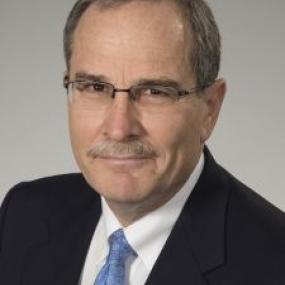Ochsner Health Expands Remote Patient Monitoring to New Patient Groups, with Improved Outcomes and Reduced Costs
Connected care solves access and convenience issues for patients; real-time data from mobile devices allows physicians to monitor patients at home and intervene when necessary.
// By Marcia Simon, APR //
 COVID escalated implementation of remote patient monitoring (RPM). Now, with the door pushed open, healthtech companies are competing to burst through and build clinical partnerships that stretch the boundaries of digital health.
COVID escalated implementation of remote patient monitoring (RPM). Now, with the door pushed open, healthtech companies are competing to burst through and build clinical partnerships that stretch the boundaries of digital health.
The potential for mobile health, which includes smartphone apps, wearables, and other monitoring devices, is massive. The percentage of physicians who feel digital health tools are an advantage for patient care grew from 85 percent in 2016 to 93 percent in 2022, according to recent findings from the American Medical Association, citing clinical outcomes and work efficiency as top factors. The AMA study found that nearly one-third of physicians across a wide range of specialties currently use remote monitoring devices for patients, up from 12 percent in 2016.

Richard Milani, MD, chief clinical transformation officer and vice chair of Cardiology, Ochsner Health
Among the earliest clinical adopters of connected health for RPM is Ochsner Health, which covers Louisiana, Mississippi, and the Gulf South, with a mission to “serve, heal, lead, educate, and innovate.” Ochsner started monitoring hypertension remotely in 2015, adding diabetes management in 2017, and then COPD, cholesterol, and pregnancy.
“People want this,” says Richard Milani, MD, chief clinical transformation officer and vice chair of Cardiology at Ochsner Health. “Connected health puts patients in control, improves efficiency of care, and ultimately saves lives.”
And because maintenance and prevention of chronic conditions ultimately serve to reduce the total cost of care, for any group of payers — from employers to insurance plans to health systems with value-based contracts — the business case for RPM is strong.

